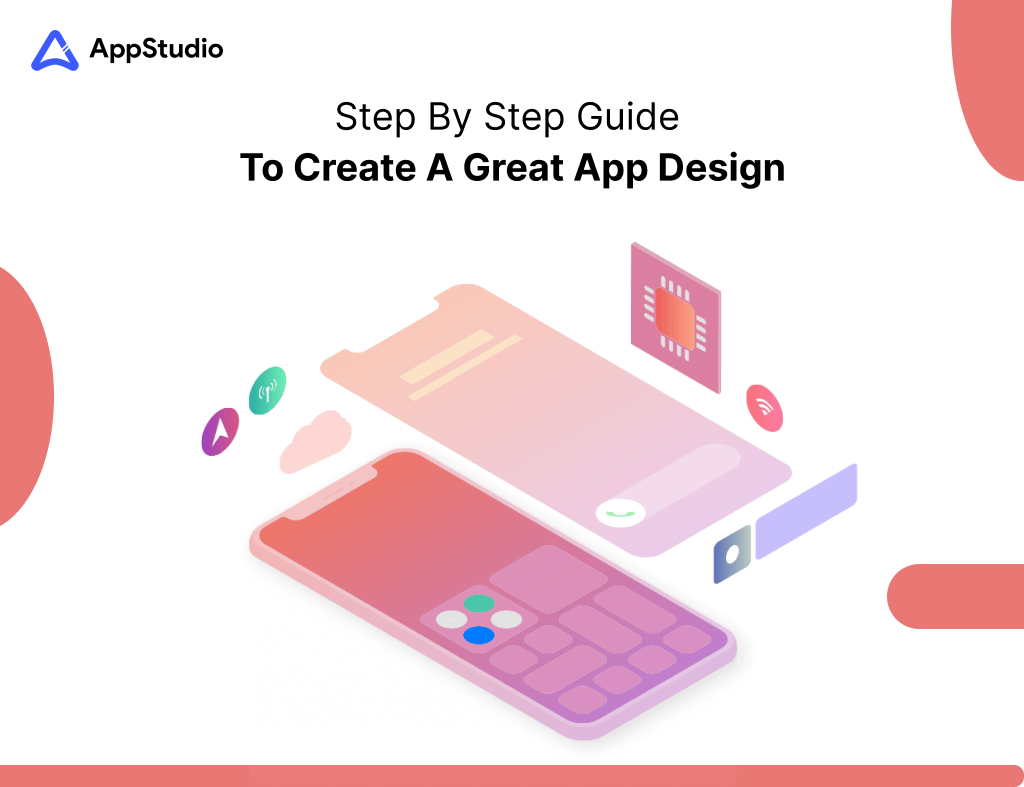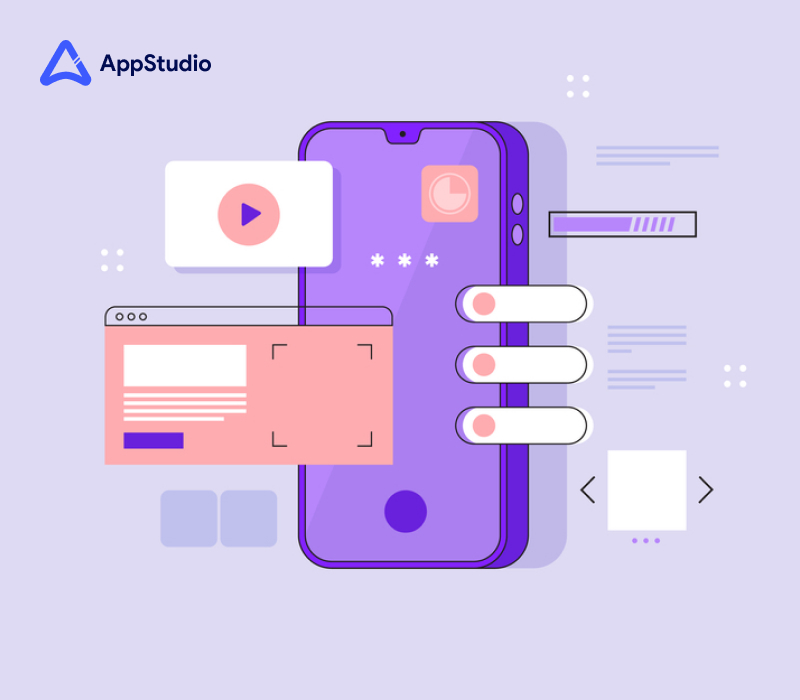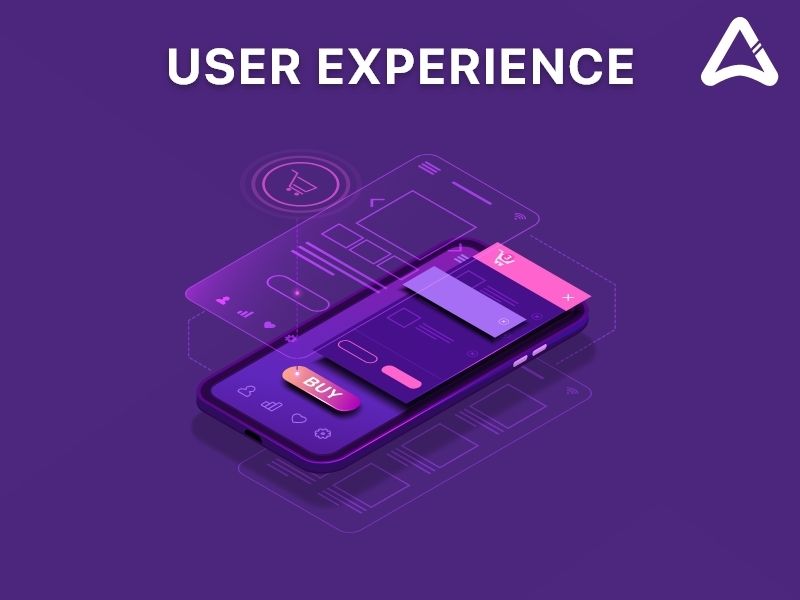It takes a thorough understanding of the app development process and how to create an app from scratch rather than DIY app-building tools. Since the process of building an app entails a number of meticulous considerations and procedures, we made the decision to create an extensive manual that covers each one.
Step To Step Guide To Create A Great App Design
Step 1: Hunt for a fresh app idea
The only way to develop original app ideas is to examine your company’s operations, consumer issues, the competitive market, and other apps.
a) Get Inspiration From Your Own Business Issues
You can generate original & worthwhile app ideas by investigating the issues your company is now experiencing and looking for potential solutions.
b) Consider the customers’ problem points
Identify the common problems, likes, and dislikes of your clients and come up with an app solution.
c) Examine App Suggestions From Your Sector’s Competitors
Competitors frequently provide you with quick and practical app ideas that you can expand on to differentiate yourself from the pack.
Step 2: Understand Your Target Customer
The demographic, behavioral, and psychological qualities of the audience must be considered.
a) Age: An app project cannot select an age range that is either too tight or too vast to define the intended audience.
b) Gender: Men and women have varied visual preferences and user experiences when using apps.
c) Location: Depending on the user’s location, an app may provide culturally and region-specific user experience qualities.
d) Language: You should also be aware of the languages your audience uses to communicate.
e) Interests: While individual interests may differ, there are frequently some commonalities among various interests among a target user group.
Step 3: Know Your Market Competitors
You must be aware of your competitors if you plan to enter the app market and want to learn how to make a business app.
a) Analysis of every leading competitor you got: When you’ve found the rival applications, you should check out their websites, social media accounts, and other apps from the same company. a) Conduct a market analysis of each competitor.
b) Examine Competitors’ Online Presence: Use tools like Alexa, Quantcast, and others to analyze the performance and market of the rival websites.
c) SWOT analysis for every app: This will offer you a thorough examination of the rival applications, and you can use that information to determine the dos and don’ts for your own app project.
Step 4: Select the Platform & Type of App
Choose whether you’ll create cross-platform apps, hybrid apps that operate on all platforms, cloud-based web apps, or native apps for iOS and Android. If you choose Android, then go for custom Android application development services.
a) Native Apps: Apps that are specifically designed for iOS or Android. You must create two distinct native app versions and target the mobile users of both platforms.
b) Cloud-based web apps: Cloud web apps can be accessed by a desktop or mobile browser from any device, any place.
c) Hybrid Applications: Hybrid apps are the best option if you want to learn how to create a straightforward app that works across all platforms and devices.
d) Cross-Platform Apps: Like hybrid apps, cross-platform apps are created to run across several platforms.
Step 5: App Features
Here, we offer some helpful advice for picking the app features properly.
a) Start with the fundamental goal in mind.
Ask why you plan to release that specific app on the market and accordingly focus on the app design template. The simplest characteristics that identify your app can best be understood in this way.
b) Features as per priority
The app’s core features should be released first. You can gradually add additional functionality with subsequent updates based on user feedback.
c) Select Features Considering Technical Limitations
Features like offline access might be quite helpful if you want to reach a larger audience who lives in places with slower internet connectivity.
d) Select Features Considering Current Market Trends
The most recent technological advancements and user experience trends across several industries continue to influence app functionality. So always follow the trends and engage with the best UI UX Design Services for your android app UI design.
Step 6: App Budget
Due to a variety of reasons, every app has a different development budget.
a) App Features
The features, which make up the essential components of the software, are expensive. The development cost is likely to increase as these features get more complicated.
b) Amount Of Screens
Designers can add more screens to an app project, but they must closely monitor the associated costs.
c) Development Teams
The quality of the development team should come first because “cheaper” hiring of engineers frequently lowers quality.
d) Security
Some apps have more stringent security requirements due to the volume of user data & transactions they process.
e) Protecting Your Copyright
Every popular app is an excellent idea that comes to life. Naturally, it is necessary to protect such ideas against piracy and plagiarism. Hence Copyright cost.
f) Platform and App Type Selection
For app projects, Android is more expensive than iOS. But adopting hybrid or cross-platform software development makes it simple to avoid the nearly double expense of native development. Hire dedicated android app developers if you decide to choose Android.
Step 7: Pick a development strategy
Successful apps are also mana-efficient, and effective project management is always primarily dependent on selecting the appropriate development process.
a) Agile Methodology
Due to continuous review and the usage of sprints, the agile technique accelerates development while producing better quality products.
b) DevOps Approach
The DevOps development methodology places a strong emphasis on fostering close cooperation between the development and operations teams.
c) The waterfall method
The waterfall method requires more time and increases the cost of development because any errors found later need repeating the same processes.
d) Rapid Applications Development (RAD)
The best method for quickly and cheaply adapting to changing project requirements is RAD.
Step 8: Select the Tools and Technology Stack
After choosing a platform, it is time to decide on the technology stacks.
a) Sector & Goals
Because of the effectiveness they demonstrated through app output, certain technologies are well-liked among developers in a specific area, like BlockChain, Python, etc.
b) Upkeep the App
The tech stack of the app should be simpler to handle and maintain since there shouldn’t be any remnants of cumbersome and lengthy code.
c) Select The Appropriate Front-End Stack
Any app’s front end is represented by the user interface that allows for app interactions.
d) Select the appropriate back-end technology
An app’s back-end, or server-side, is essential for a seamless user experience and quick response to user queries.
Step 9: Examine the Portfolio of the Developer or Development Team
When examining the developer or firm’s portfolio, keep an eye out for the app’s ratings, reviews, and commercial success. Example: Analyze the background of your mobile app development company in Ottawa.
It’s time for your developers to step up and make your app a reality for your company. For the greatest outcomes, simply maintain a close eye on the development process and offer your input.
Bottom Line
Our experts at AppStudio have now covered every aspect of building native apps from the ground up. You must go through each step carefully if you don’t want to create another app that gets lost in the millions. Connect with our team to know more about our services.



